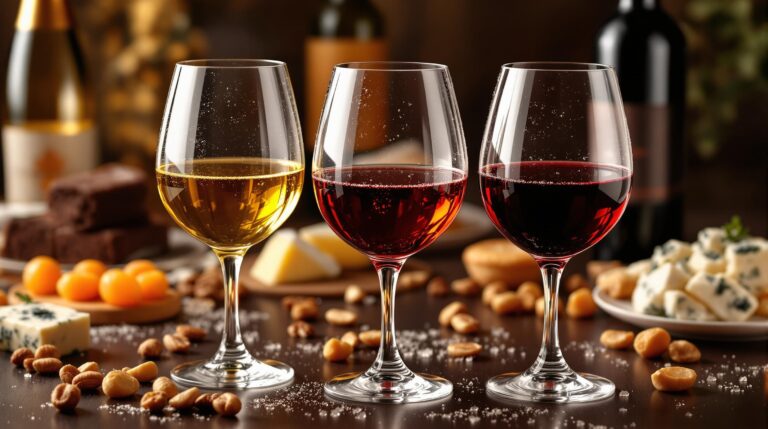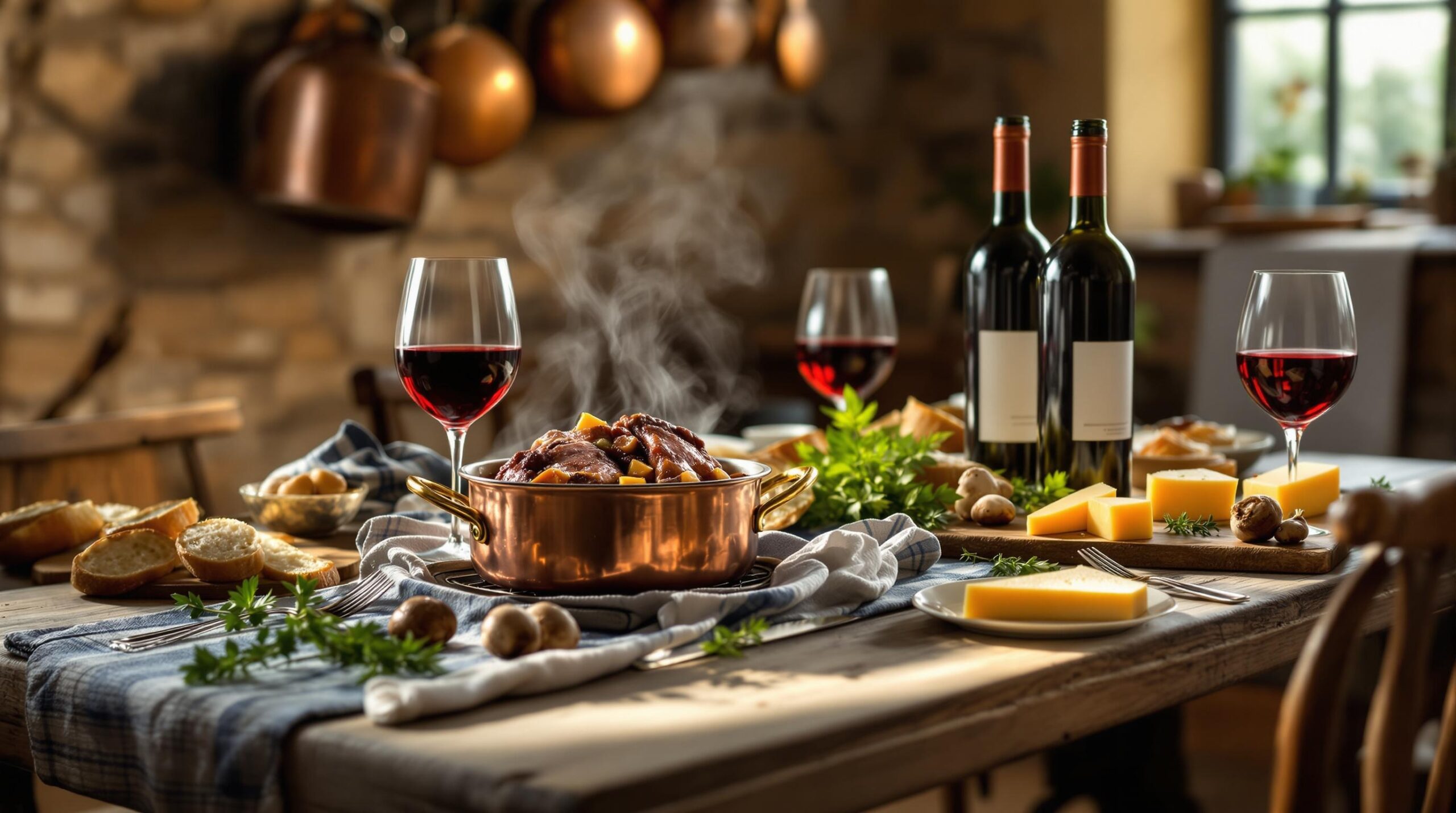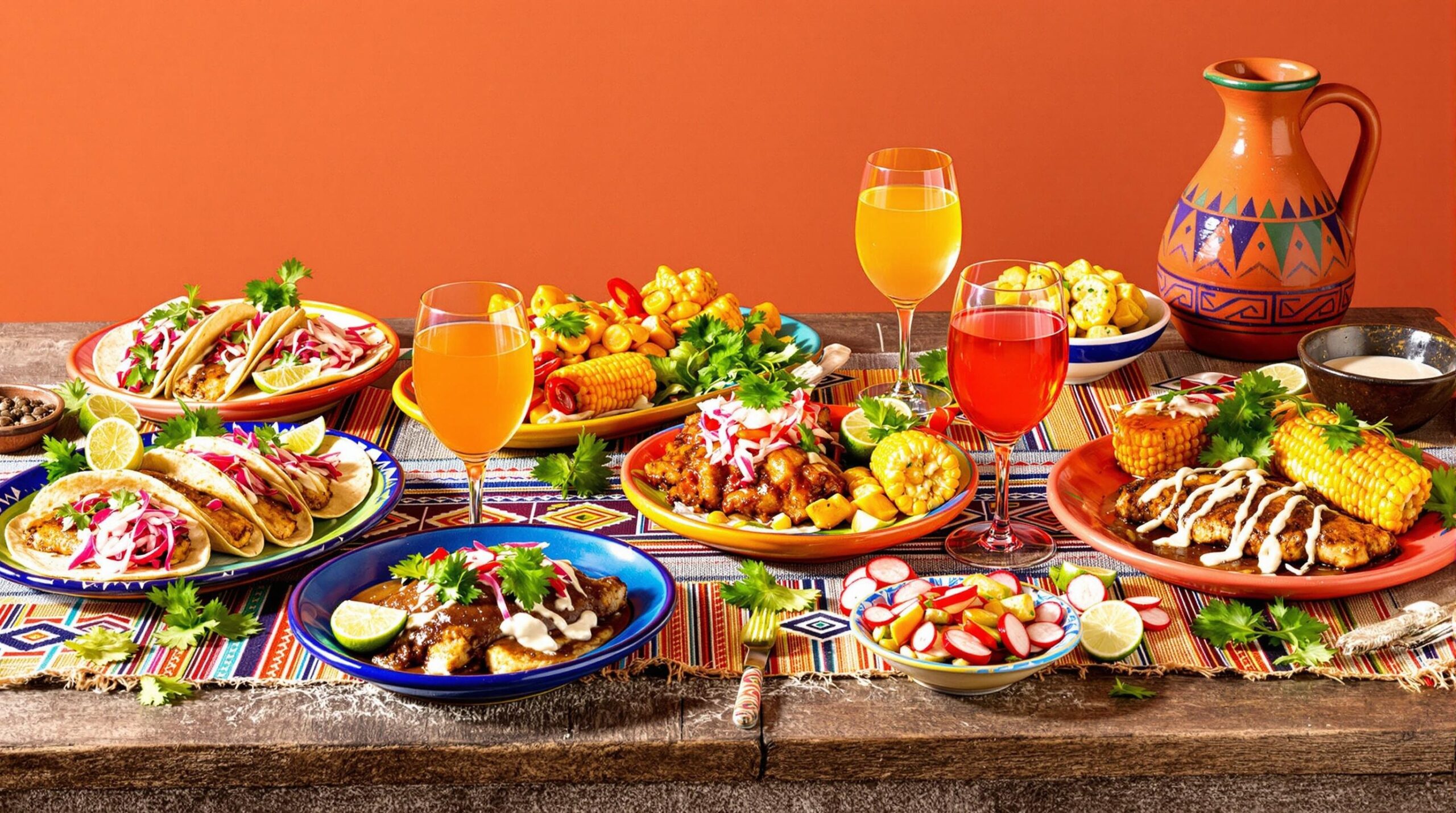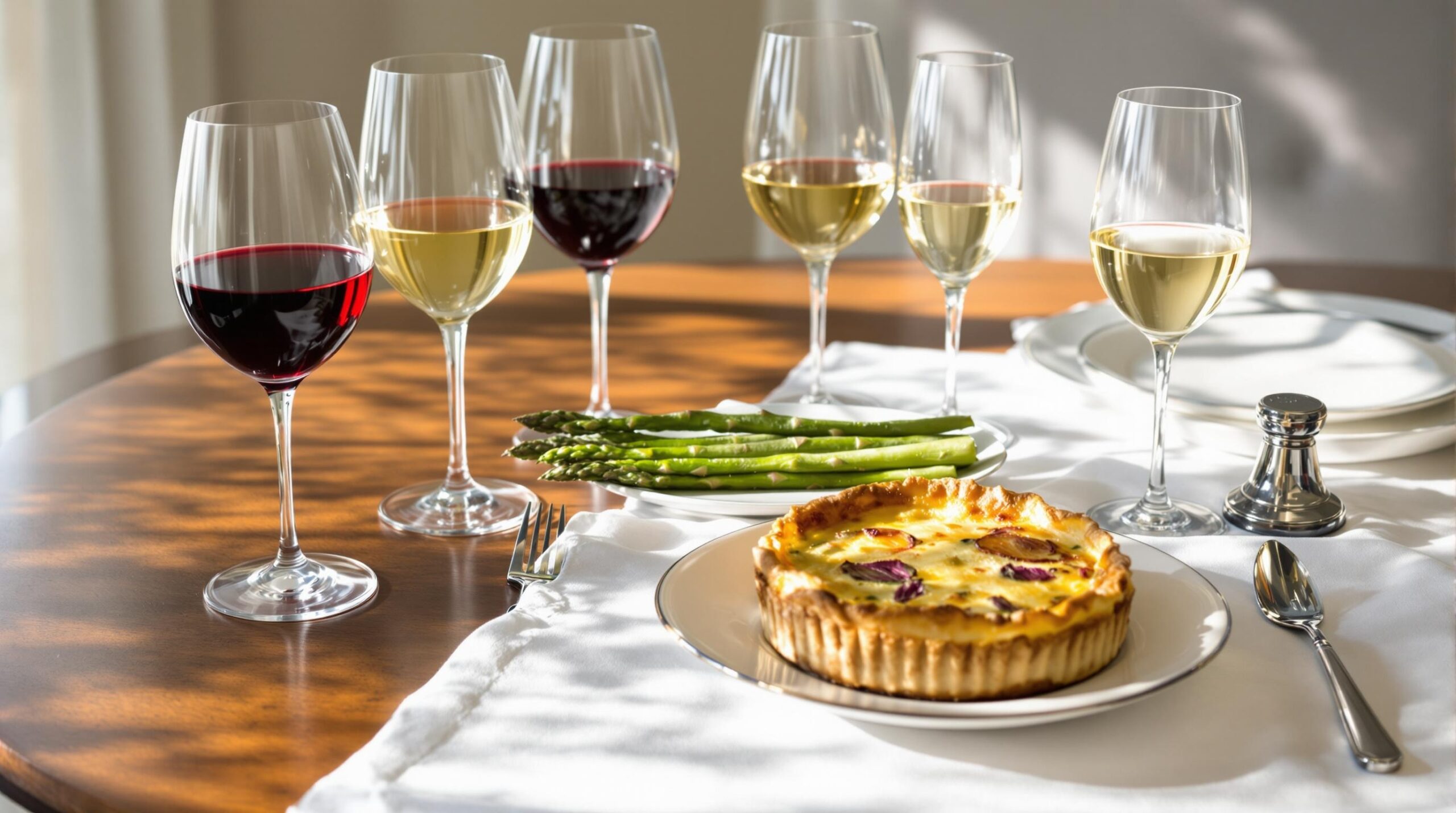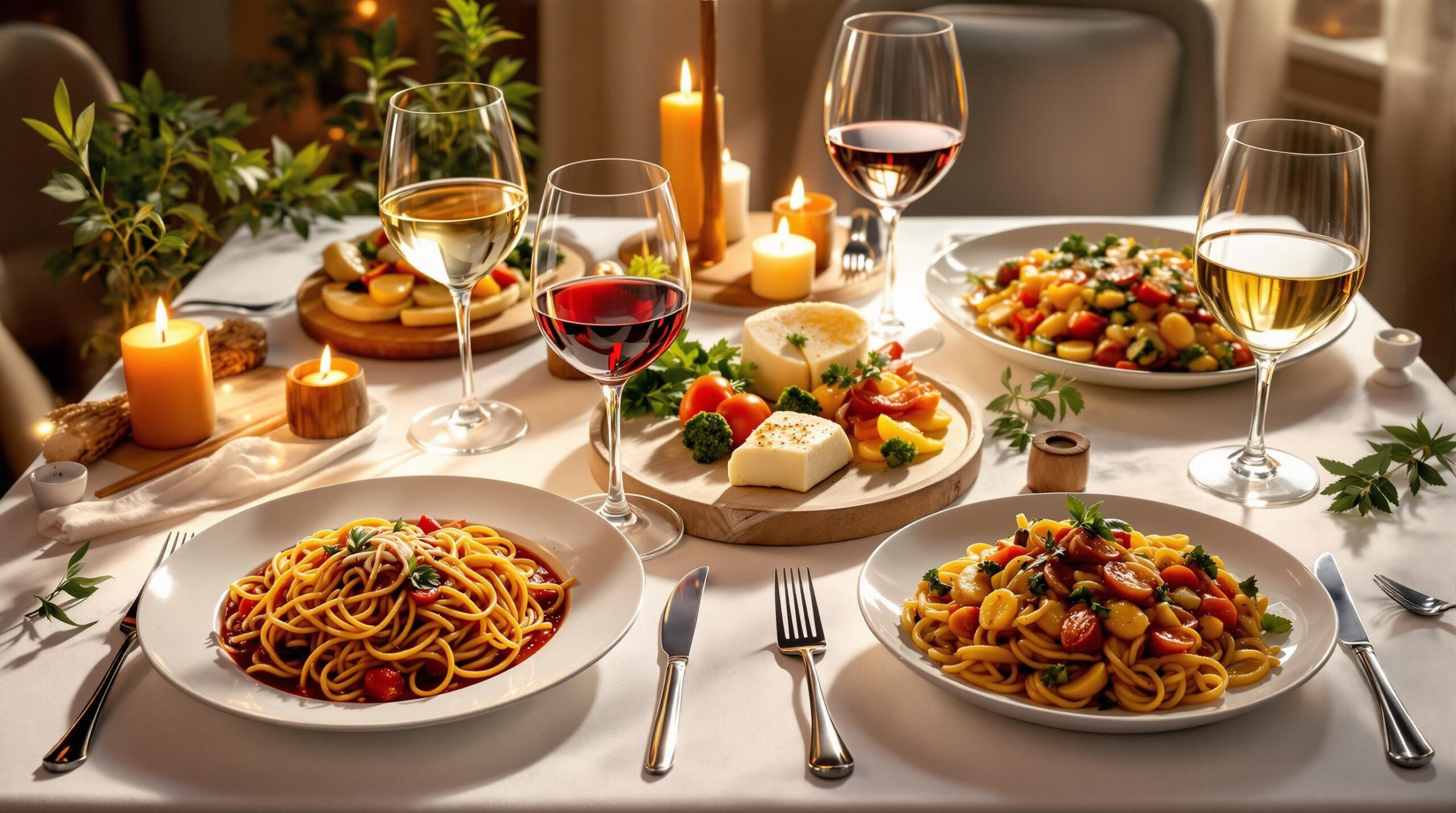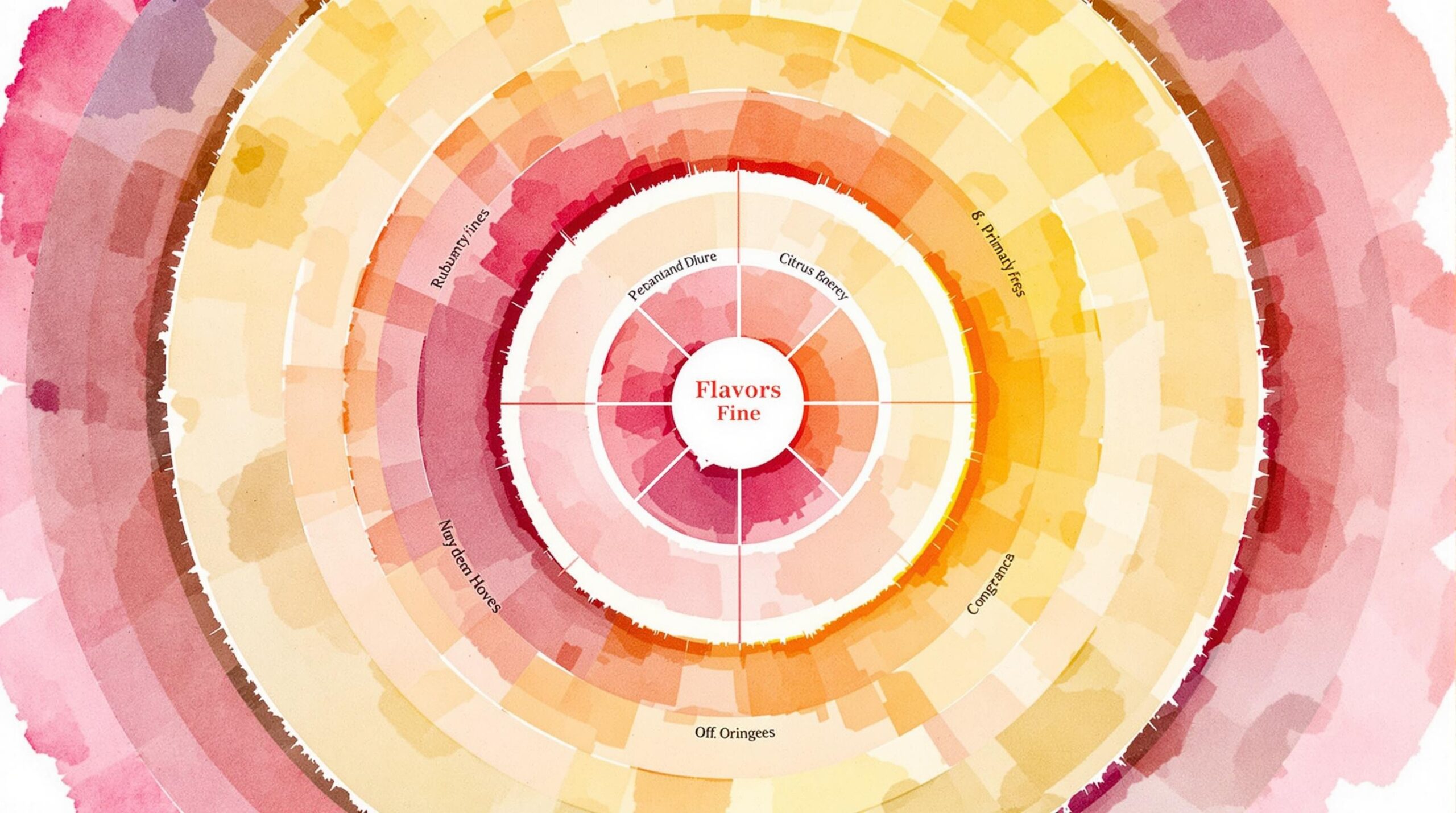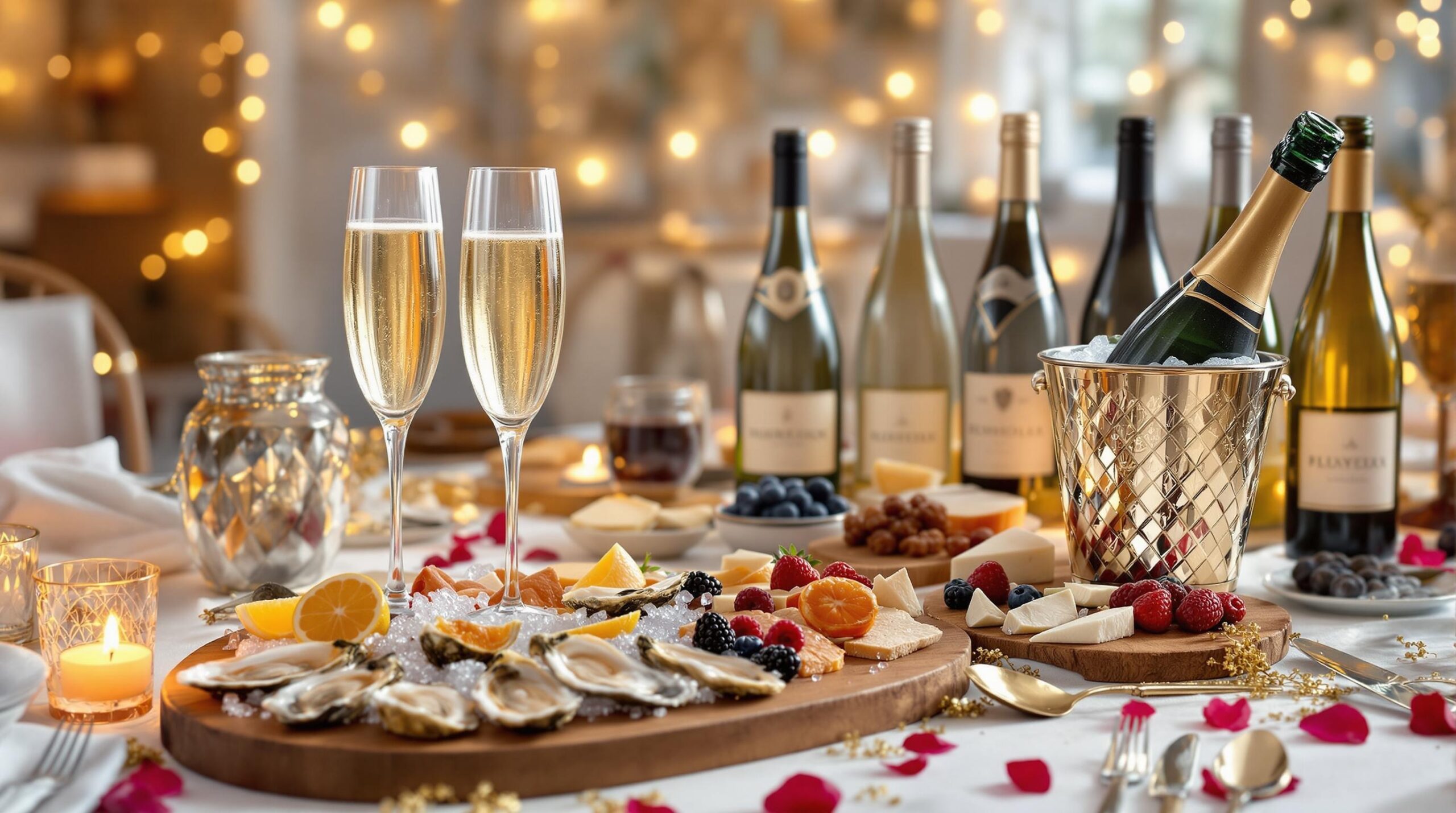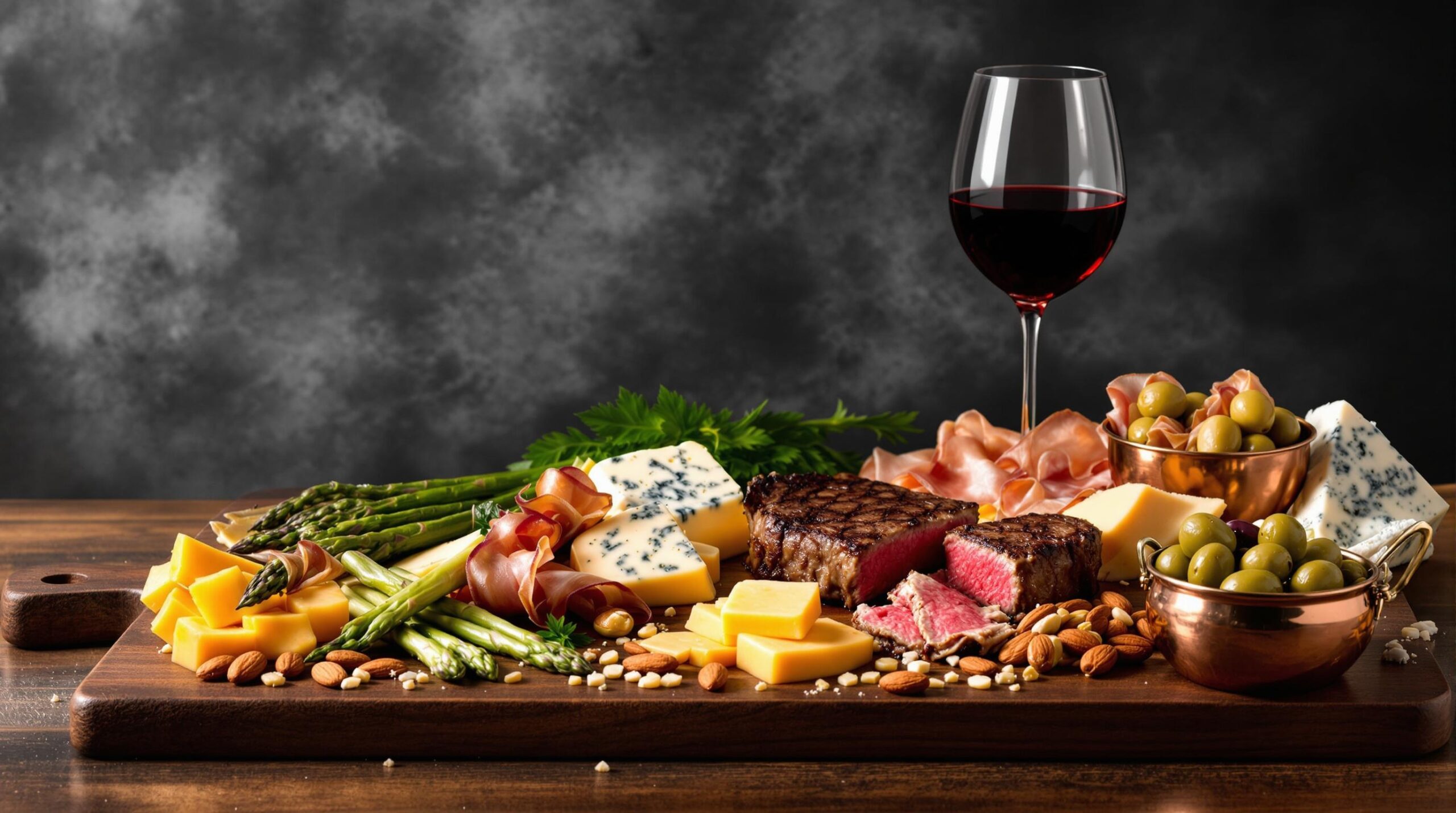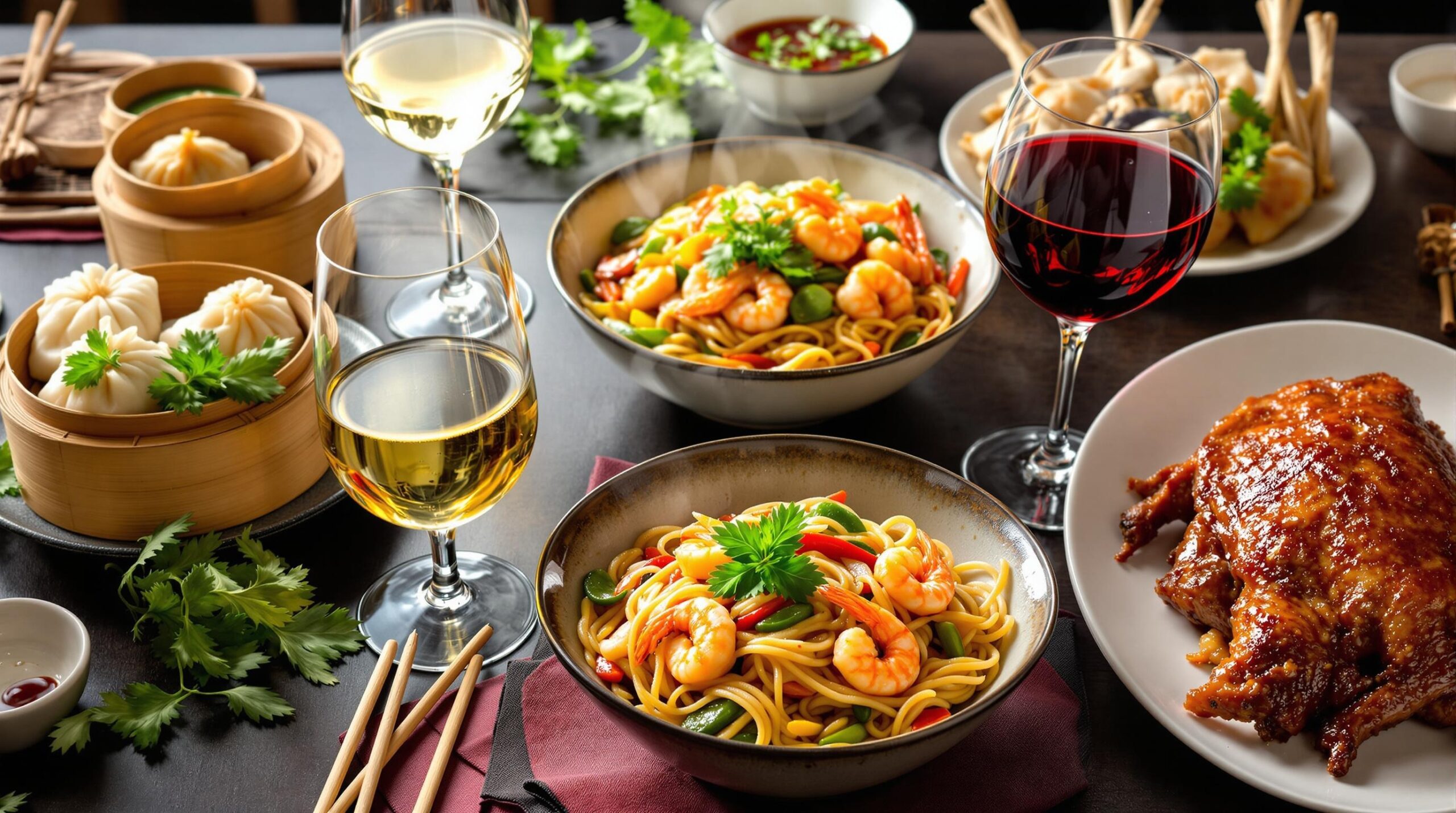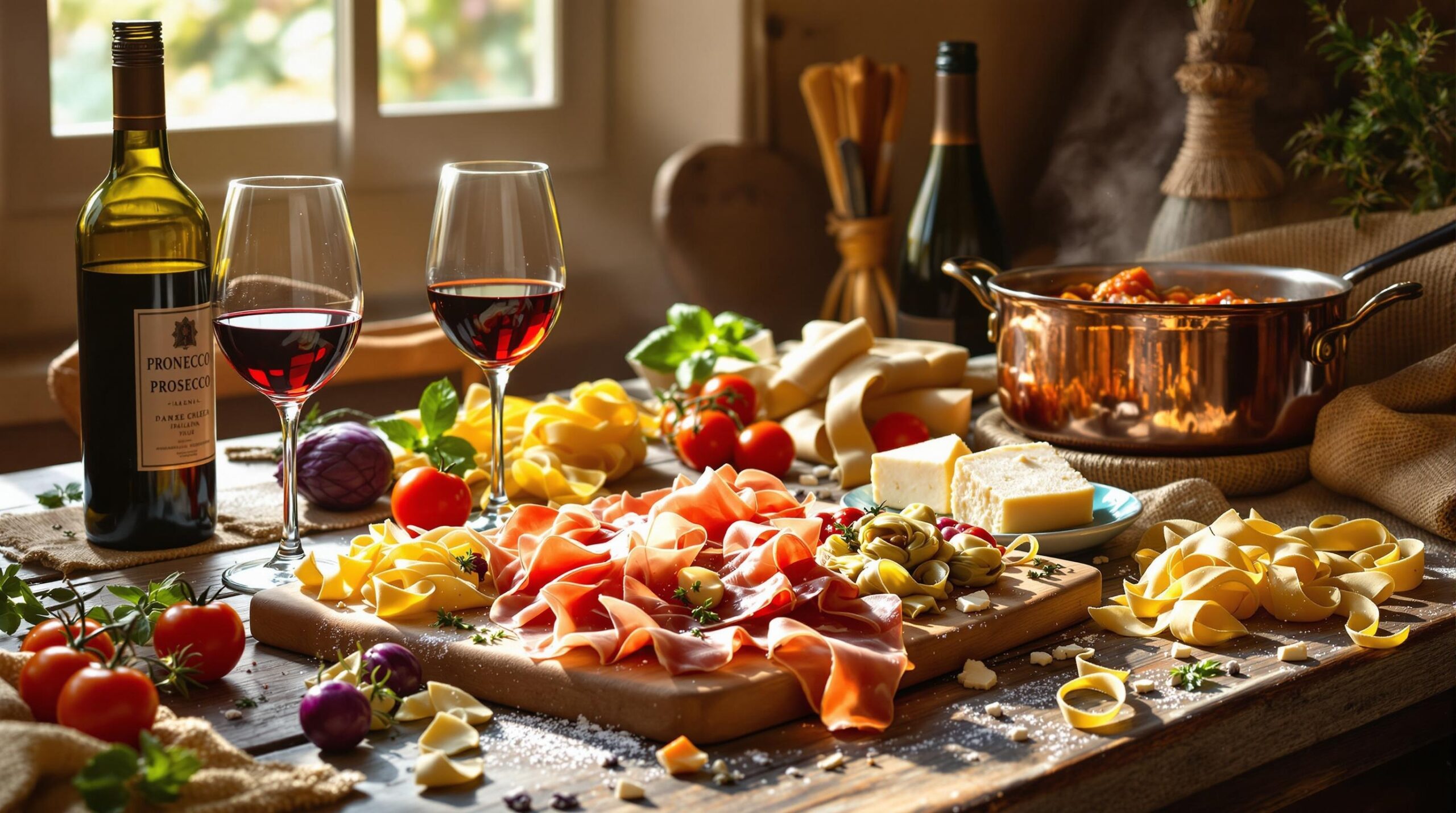Dessert wines offer a perfect finale to memorable meals, yet many wine enthusiasts overlook these complex, sweet treasures. This guide explores the enchanting world of dessert wines, from classic pairings to serving suggestions that enhance your dining experience.
Understanding Dessert Wine Production Methods
Noble rot, late harvest, and fortification create distinct styles of dessert wines. Each method produces unique flavor profiles and sweetness levels.
- Noble Rot (Botrytis): Creates concentrated sugars and complex honey notes
- Late Harvest: Allows grapes to naturally dehydrate on the vine
- Fortification: Addition of grape spirits during fermentation
Popular Types of Dessert Wines
Each region produces distinctive sweet wine styles with unique characteristics.
| Wine Type | Origin | Characteristics |
|---|---|---|
| Sauternes | France | Honeyed apricot, citrus |
| Port | Portugal | Rich berry, chocolate |
| Ice Wine | Canada/Germany | Pure fruit, crisp acidity |
Expert Pairing Suggestions
Match the intensity and sweetness levels of your dessert with the wine. The wine should always be sweeter than the dessert.
- Port: Dark chocolate, blue cheese, nuts
- Sauternes: Fruit-based desserts, foie gras
- Moscato d’Asti: Light pastries, fresh fruit
Serving Temperature & Glassware Guide
Proper temperature and glassware can transform a dessert wine experience. A few degrees too warm or cold can mask delicate flavors.
- Port & Madeira: 60-65°F (16-18°C), port glass or small wine glass
- Sauternes: 50-54°F (10-12°C), small white wine glass
- Ice Wine: 45-50°F (7-10°C), small dessert wine glass
Storage & Aging Potential
Most dessert wines benefit from proper aging conditions due to their high sugar and alcohol content.
- Store at 55°F (13°C) with 70% humidity
- Keep bottles horizontal to maintain cork moisture
- Aging Timeline:
– Port: 10-50 years
– Sauternes: 10-100 years
– Ice Wine: 5-10 years
Value Shopping Tips
Quality dessert wines often come with premium price tags due to labor-intensive production methods.
- Budget Options:
– Late harvest wines from New World regions
– Young Ruby Port
– Moscato d’Asti - Best Value Regions:
– Hungarian Tokaji
– Spanish Pedro Ximénez
– Australian “stickies”
Beyond Traditional Pairings
Explore creative ways to incorporate dessert wines beyond the dessert course.
- Cocktail Base: Use Port or Madeira in modern cocktails
- Cooking Applications:
– Reduction sauces
– Poaching fruits
– Glazes for roasted meats - Alternative Pairings:
– Spicy Asian cuisine
– Aged cheeses
– Nutty appetizers
Note: This outline covers the technical aspects of serving and storing dessert wines, while also providing practical shopping advice and creative serving suggestions for home entertainers.
10 Common Questions About Dessert Wines
What exactly are dessert wines?
Dessert wines contain higher sugar content and alcohol levels than table wines. They’re produced by letting grapes ripen longer on the vine or through special processes like noble rot or ice wine production.
How should I serve dessert wine?
Serve dessert wines in 2-3 oz portions in small glasses. Most varieties taste best slightly chilled between 55-60°F (13-16°C).
What’s the best way to pair dessert wines?
- Port: Dark chocolate, blue cheese, nuts
- Sauternes: Fruit-based desserts, foie gras
- Ice Wine: Light pastries, fresh fruit
- Moscato: Light cakes, fruit tarts
How long do dessert wines last once opened?
Most fortified dessert wines last 2-4 weeks when properly stored. Unfortified varieties should be consumed within 3-5 days.
What’s the difference between Port and Sherry?
Port is a sweet, fortified wine from Portugal, typically red. Sherry comes from Spain and ranges from bone-dry to very sweet.
Are dessert wines worth their higher price?
The intensive production process and lower yields justify higher prices. A little goes a long way – one bottle serves 8-10 people.
What’s the best starter dessert wine?
Moscato d’Asti offers an accessible entry point with its light, sweet, and fruity profile. It’s also typically more affordable than other dessert wines.
Can dessert wines be used in cooking?
They make excellent additions to sauce reductions, poached fruits, and dessert recipes. Use Port for chocolate sauces and Marsala for zabaglione.
What’s the proper storage method?
Store bottles horizontally in a cool, dark place around 55°F (13°C). Most dessert wines can age well for 10-20 years under proper conditions.
Should dessert wine be sweeter than the dessert?
Follow the rule: wine should be sweeter than the dessert to avoid making the wine taste bitter. For chocolate desserts, choose Port or sweet Banyuls.
Quick Storage Tips
| Wine Type | Storage After Opening | Serving Temperature |
|---|---|---|
| Port | 2-4 weeks | 60°F/16°C |
| Sauternes | 3-5 days | 50°F/10°C |
| Ice Wine | 3-5 days | 45°F/7°C |
Practical Tips for Enjoying Dessert Wines
- Start with smaller pours – dessert wines are meant to be sipped
- Use proper dessert wine glasses to enhance aromas
- Consider serving temperature – too cold masks flavors
- Match wine intensity with dessert intensity
- Try contrasting pairings like sweet wines with salty cheese

